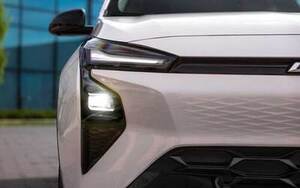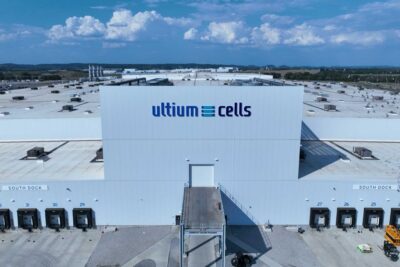
GM intends to import batteries for electric vehicles from Contemporary Amperex Technology Co. Limited (CATL), a Chinese battery producer. This is intended as a temporary stopgap measure while GM ramps up its own in-house production of lithium iron phosphate (LFP) batteries, expected to begin in Tennessee in 2027.
GM rival Ford is licensing technology from CATL for future domestically produced batteries, and is currently importing units from China to North America for the standard battery pack in the Ford Mustang Mach-E. This move will likely make GM the second automaker to market USDM EVs equipped with batteries sourced from CATL.
“For several years, other U.S. automakers have depended on foreign suppliers for LFP battery sourcing and licensing. To stay competitive, GM will temporarily source these packs from similar suppliers to power our most affordable EV model,” GM said in a statement.
Although GM didn’t name a specific model, it seems obvious that the automaker is referring to the upcoming, second-generation Chevy Bolt EV. The 2027 Chevy Bolt EV was teased a couple of weeks ago, and spy shots have indicated that it won’t be radically different from the Chevy Bolt EUV that was discontinued in 2023.
The new Chevy Bolt EV will continue to ride on the same BEV2 architecture as the first-generation Bolt, but it will bring a few key updates to make it more modern and competitive. One of those updates will likely be the aforementioned, Chinese-sourced LFP battery pack to help keep costs down while retaining usable range. It will also have a native NACS charge port, allowing it to charge at Tesla Supercharger stations without an adapter.

In addition to the Chevy Bolt EV, the 2026 Chevy Silverado EV WT was supposed to be the first GM EV with an LFP battery pack option, but it’s being shelved for now. We expect the Silverado EV to be the next GM EV available with LFP battery chemistry, which would likely drive down the truck’s starting price.
LFP batteries have safety and longevity advantages over other types of EV batteries, but their biggest strength is their relatively low cost due to their lower nickel content. The big trade-off is that LFP batteries have a lower energy density, which means a lower range compared to battery packs with higher nickel content.




COMMENTS